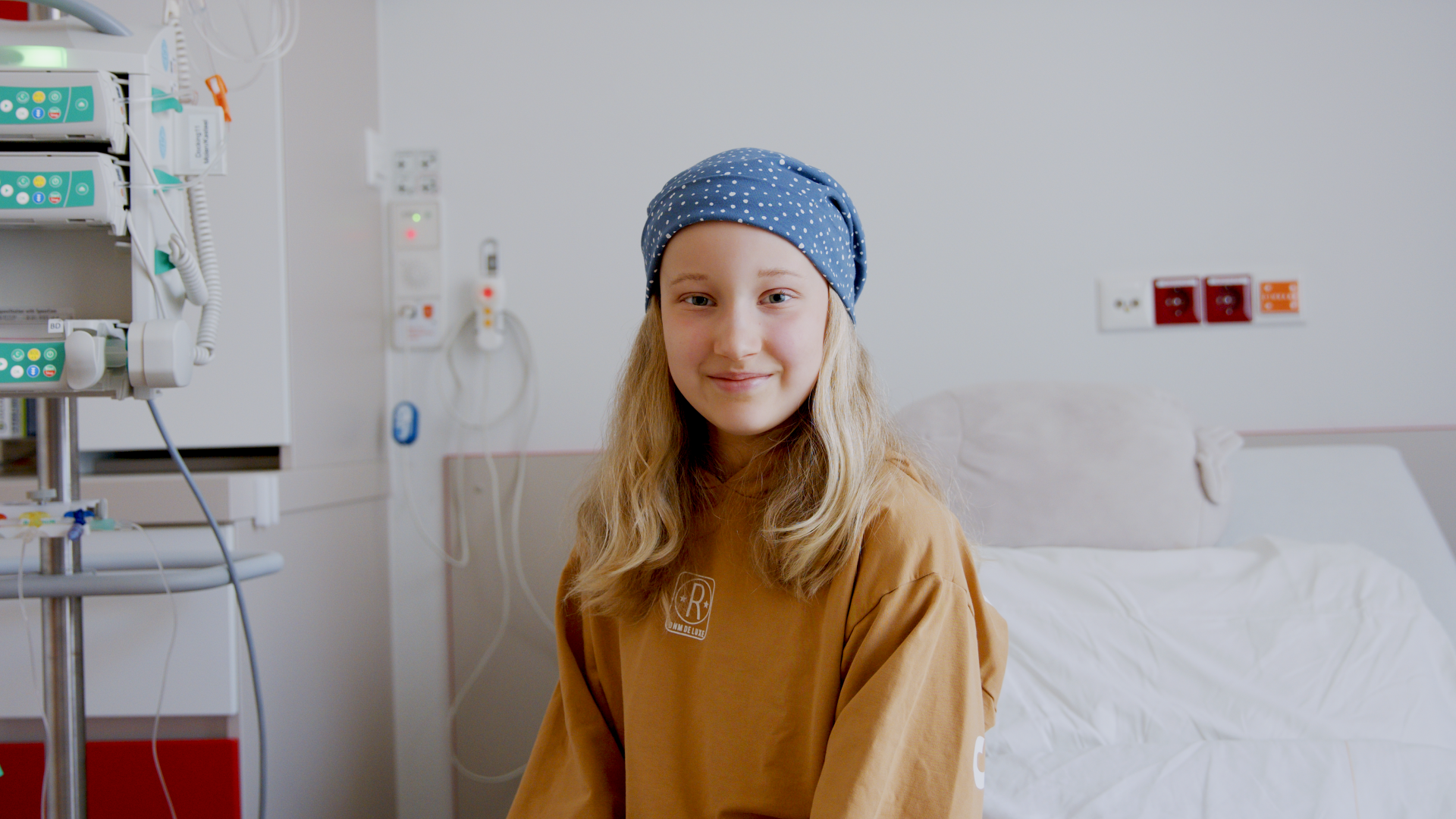
This article is part of Childhood Cancer Awareness Month.
Chemotherapy to treat cancer has been around for 70 years, but progress continues to be made. Scientists are getting better at finding the balance: how do you cure as many children with cancer as possible, with as few side effects as possible?
Decrease dose
Prof. Alwin Huitema is a hospital pharmacist and leads a research group in the Princess Máxima Center focused on pharmacology, the study of drugs, in childhood cancer. He says: ‘Some three quarters of children with cancer are cured. But the heavy treatment plans lead to with long-term side effects. To reduce these, we need to make the treatments kinder. But that’s a complicated thing to do, as we can’t compromise on their effectiveness.’
In the past, much progress has already been made in the field of late effects, particularly through replacing highly toxic drugs with less toxic ones. But Alwin Huitema believes lowering the doses could also offer promising opportunities. ‘Many of the chemotherapy regimens given to children today have been around for about 70 years,’ he says. ‘During that time, the dose has been determined largely through clinical experience. In our research we look at the precise effect of a drug, zoomed in to the level of the cell and the DNA. Through this approach we’re laying the foundation for less intensive therapy, and a better quality of life.’
Vincristine
A lower dose of chemotherapy is not the only answer. In some cases, a better understanding of the way a drug behaves in the body points to a higher dose being less harmful than previously thought. Laura Nijstad, PhD student in the Huitema group, set up a study into vincristine, a drug that is part of the standard treatment for many children with cancer. In adults, a maximum dose has been set above which serious damage to the nerves can occur.
‘The dose of vincristine given to children older than 12 is not very different to that in adults,’ says Huitema. ‘The challenge is with the younger children. It is more difficult to determine the right dose for them based on body size, and their organs are not yet fully developed.’ In their long-term study, the Huitema group is looking at the so-called pharmacokinetics – the way vincristine moves through the body – in babies.
Vincristine works by binding to tubulin, a molecule in all cells that multiply. Children have many more dividing cells because they are growing. This means that vincristine binds much more to tubulin outside the tumor. The drug possibly binds less to tubulin inside the tumor, but also less to cells responsible for the side effects. Huitema: ‘That gives us a biological explanation for the fact that children can tolerate a higher dose. Our research indicates that we don’t need to be as careful with very young children.’
New insights
In the 1950s, a childhood cancer diagnosis was still a death sentence. The greatly improved survival rates are largely down to chemotherapy. Huitema: ‘We still have too little data about how these ‘old’ drugs that we still use today behave in children, and especially in the very young kids. We now have many more scientific techniques at our disposal, and are discovering entirely new things about these established drugs. Understanding why the effect of drugs differs between children gives you the basis for further improving their treatment.’

